Breadcrumb

Distributed cooperative q-learning for power allocation in cognitive femtocell networks
In this paper, we propose a distributed reinforcement learning (RL) technique called distributed power control using Q-learning (DPC-Q) to manage the interference caused by the femtocells on macro-users in the downlink. The DPC-Q leverages Q-Learning to identify the sub-optimal pattern of power allocation, which strives to maximize femtocell capacity, while guaranteeing macrocell capacity level in an underlay cognitive setting. We propose two different approaches for the DPC-Q algorithm: namely, independent, and cooperative. In the former, femtocells learn independently from each other, while
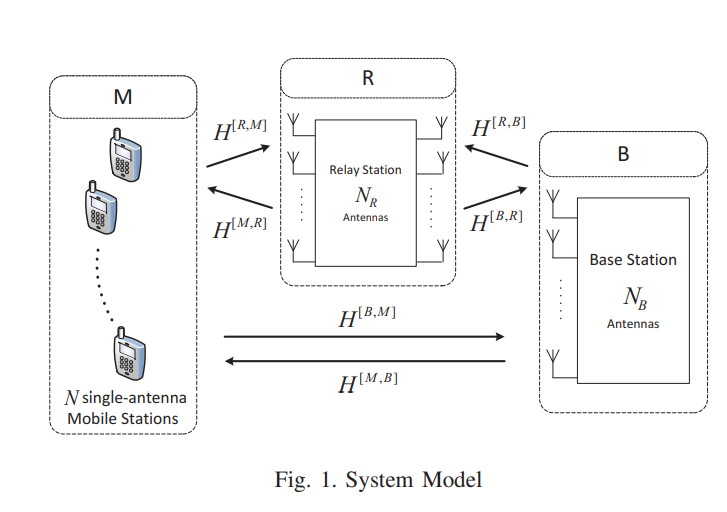
Degrees of freedom for separated and non-separated half-duplex cellular MIMO two-way relay channels
We study a cellular setting in which an introduced multiple-antenna relay station (RS) can possibly assist the bidirectional communication between a multiple-antenna base station (BS) and a set of single-antenna mobile stations (MSs). Through a proposed six-phase communication protocol with arbitrary number of antennas and MSs, we characterize the maximum number of degrees of freedom (DoF) that can be attained when the BS-MSs direct link is active or down. When the direct link is available, we show that the introduction of a multiple-antenna RS cannot increase the maximum DoF regardless of the
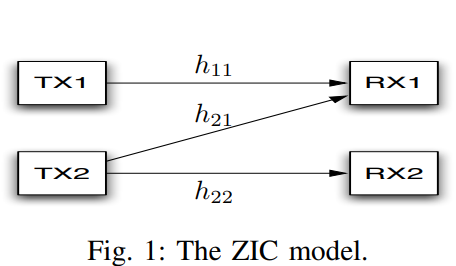
On the ARQ protocols over the Z-interference channels: Diversity- multiplexing-delay tradeoff
We characterize the achievable three-dimensional tradeoff between diversity, multiplexing, and delay of the single antenna Automatic Retransmission reQuest (ARQ) Z-interference channel. Non-cooperative and cooperative ARQ protocols are adopted under these assumptions. Considering no cooperation exists, we study the achievable tradeoff of the fixed-power split Han-Kobayashi (HK) approach. Interestingly, we demonstrate that if the second user transmits the common part only of its message in the event of its successful decoding and a decoding failure at the first user, communication is improved

MIMO vehicular networks: Research challenges and opportunities
In this paper, we provide a review of the benefits of employing multiple-input multiple-output (MIMO) signal processing techniques in vehicular ad hoc networks (VANETs). These benefits include increasing the range of communication via beamforming, improving the reliability of communication via spatial diversity, increasing the throughput of the network via spatial multiplexing, and managing multiuser interference due to the presence of multiple transmitting terminals. We also present a number of key research challenges facing MIMO VANETs. The first one is deriving statistical MIMO vehicular
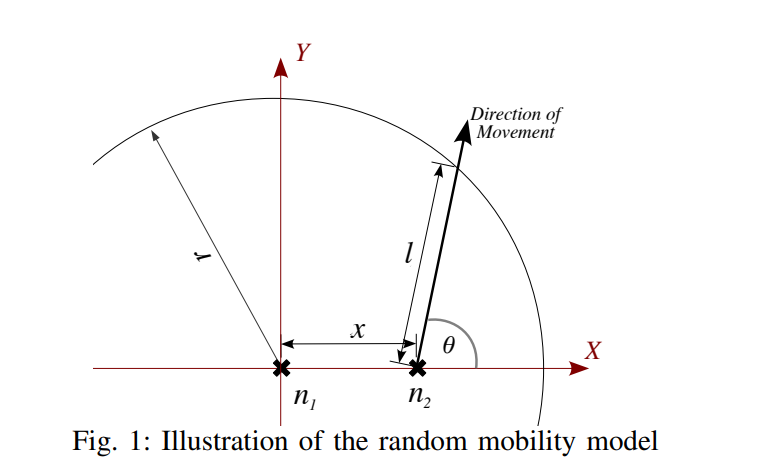
On the role of vehicular mobility in cooperative content caching
In this paper, we analyze the performance of cooperative content caching in vehicular ad hoc networks (VANETs). In particular, we characterize, using analysis and simulations, the behavior of the probability of outage (i.e. not finding a requested data chunk at a neighbor) under freeway vehicular mobility. First, we introduce a formal definition for the probability of outage in the context of cooperative content caching. Second, we characterize, analytically, the outage probability under vehicular and random mobility scenarios. Next, we verify the analytical results using simulations and

MIMO VANETs: Research challenges and opportunities
In this paper, we provide a review of the benefits of employing multiple-input multiple-output (MIMO) processing techniques in vehicular ad hoc networks VANETs. These benefits include increasing the range of communication via beamforming, improving the reliability of communication via spatial diversity, increasing the throughput of the network via spatial multiplexing, and managing multiuser interference due to the presence of multiple transmitting terminals. We also present a number of key research challenges facing MIMO VANETs. The first one is deriving statistical MIMO-V2V channel models
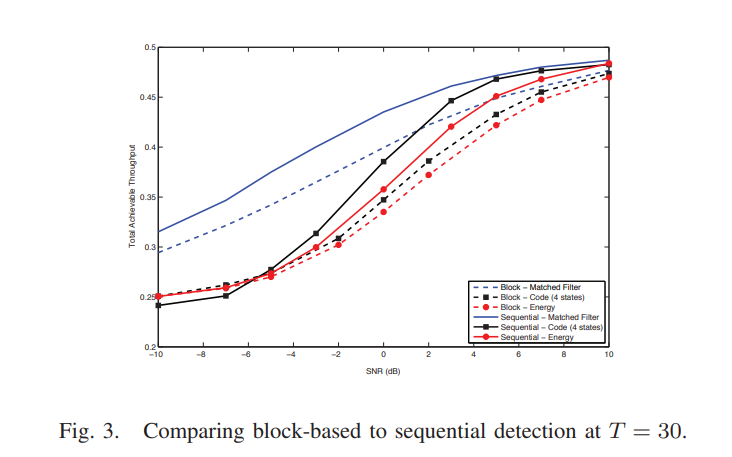
On the utility of primary side information in cognitive sensing
In this paper, we study the impact of the knowledge of primary side information on the efficiency of spectrum sensing for cognitive radio networks. In particular, assuming that the secondary transmitter knows the modulation and/or coding scheme used in the primary transmissions, we evaluate the efficiency of spectrum sensing in terms of maximizing the overall achievable throughput of the system. We present the results for both block-based and sequential detection techniques. We show that in sequential detection, and when the cognitive transmitter has knowledge of the primary codebook, the
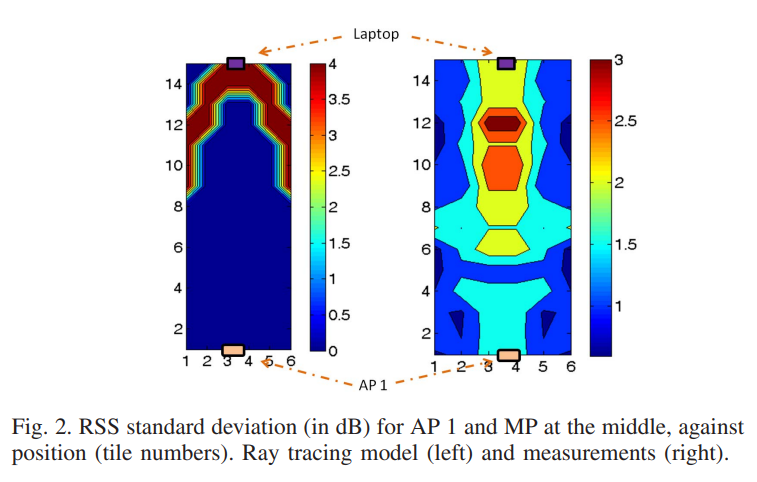
Impact of the human motion on the variance of the received signal strength of wireless links
Human motion has strong impact on the received signal strength (RSS) of indoor wireless links that can be exploited for variance-based device-free positioning. In this paper, we investigate the effect of human motion on the variance of the RSS of wireless local area networks (WLAN) operating at 2.4 GHz. Using measurements, the RSS variance for human in-place motion is determined as a function of the human position in a corridor setting. We provide ray tracing and empirical models to capture this effect. The accuracy of the different models is compared under different scenarios. Furthermore, we
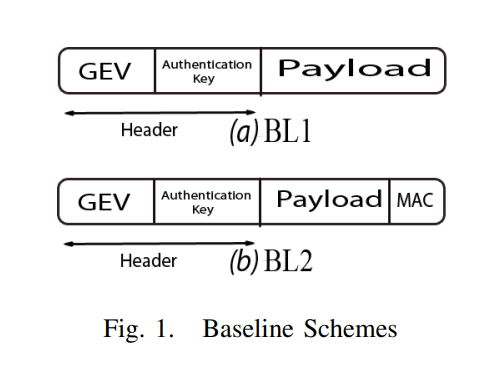
SANC: Source authentication using network coding
In this paper, we explore the security merits of network coding and potential trade-offs with the widely accepted throughput benefits, especially in multicast scenarios. In particular, we propose a novel Source Authentication using Network Coding (SANC) scheme that can either complement state-of-the-art application-layer authentication schemes proposed in the literature or be used as a stand-alone scheme in network coding-based networks. Towards this objective, we propose a general framework for embedding the authentication information within the network coding Global Encoding Vector. This is
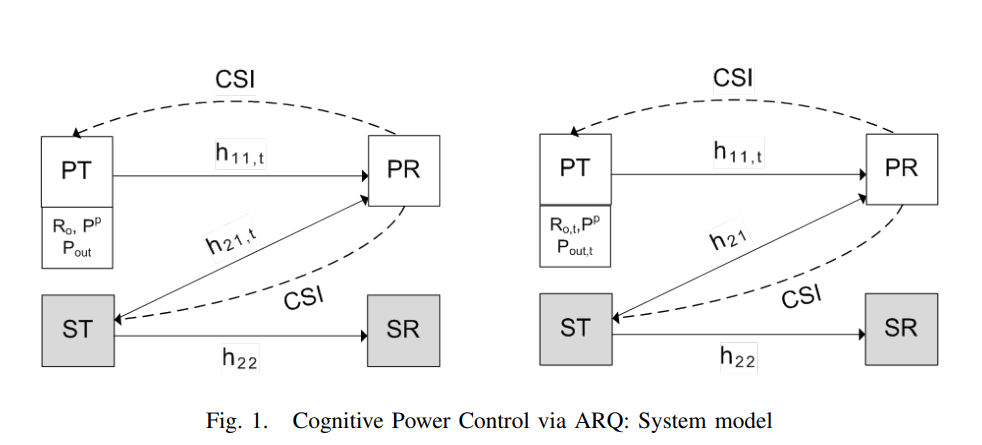
Throughput maximization over temporally correlated fading channels in cognitive radio networks
We consider a primary link and a secondary link, each composed of a transmitter and a receiver. The primary channel and the channel between the secondary transmitter and the primary receiver follow a first-order Markov model for channel variation over time. Under this assumption of temporal correlation and via exploiting the channel state information (CSI) feedback, we pose the cognitive power control problem as the maximization of secondary throughput subject to a constraint on the primary outage. To solve this problem, we assume that the primary transmitter sends with a constant-rate and
Pagination
- Previous page ‹‹
- Page 30
- Next page ››

